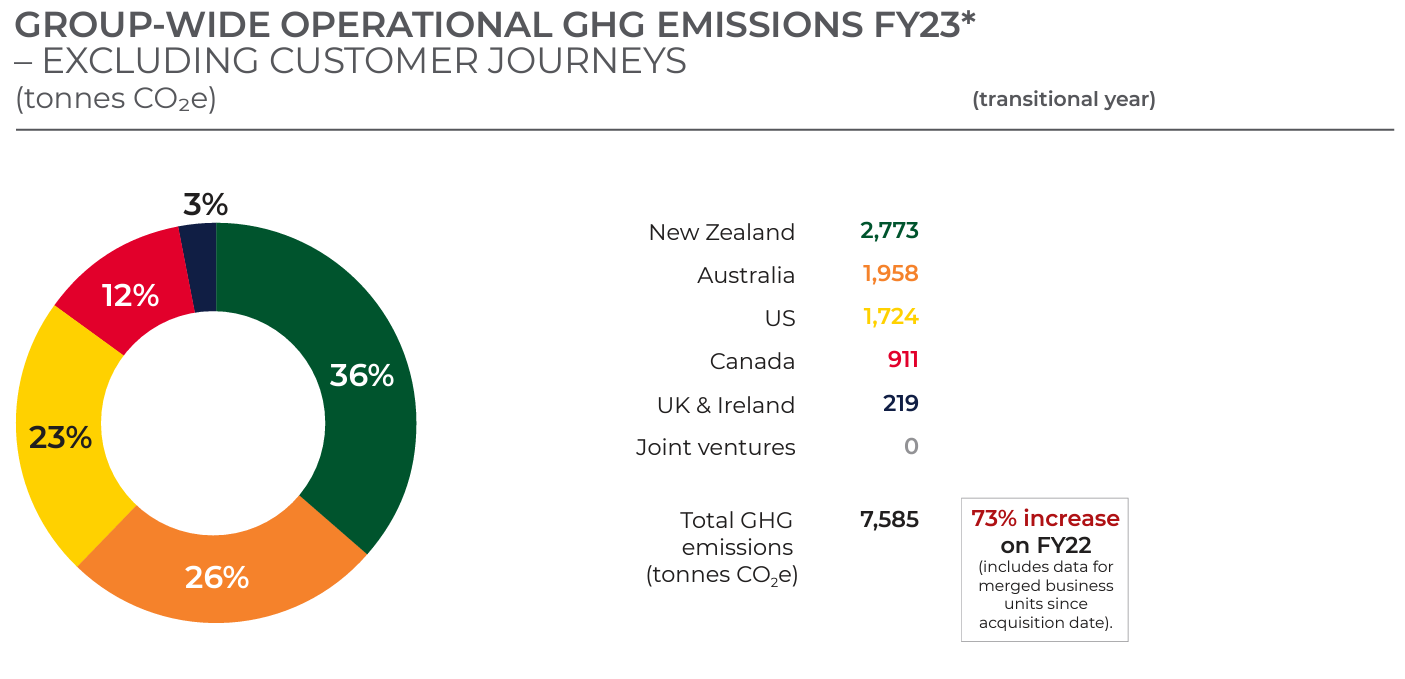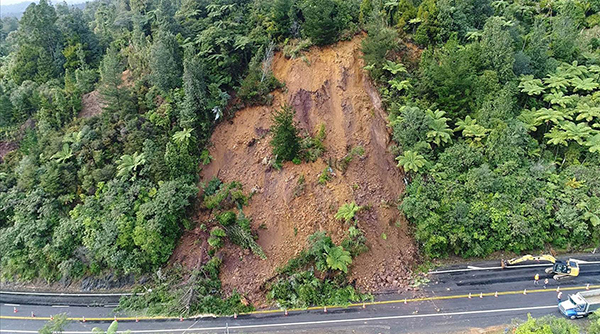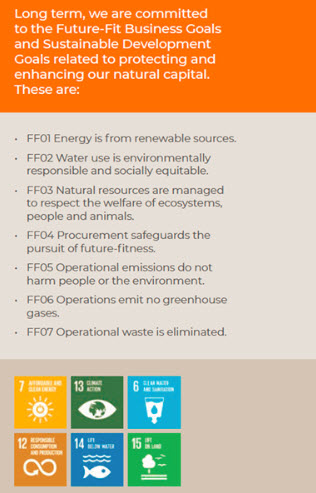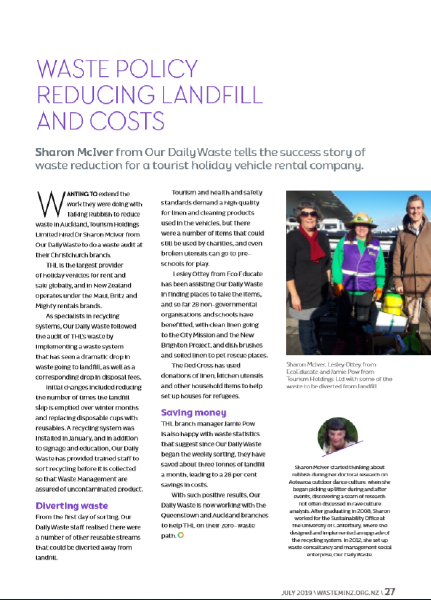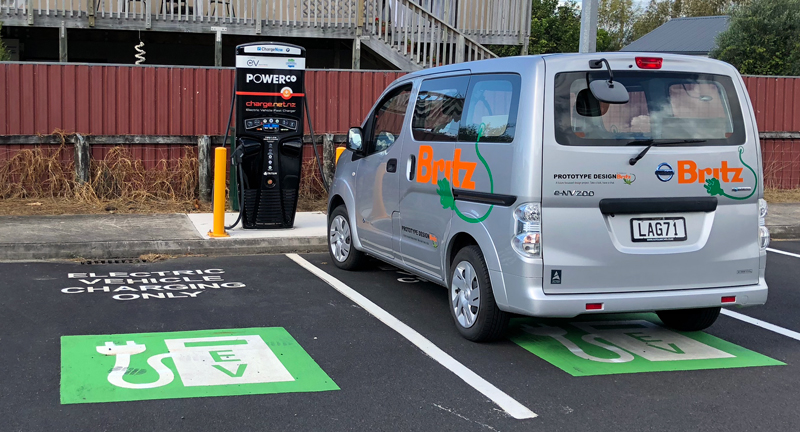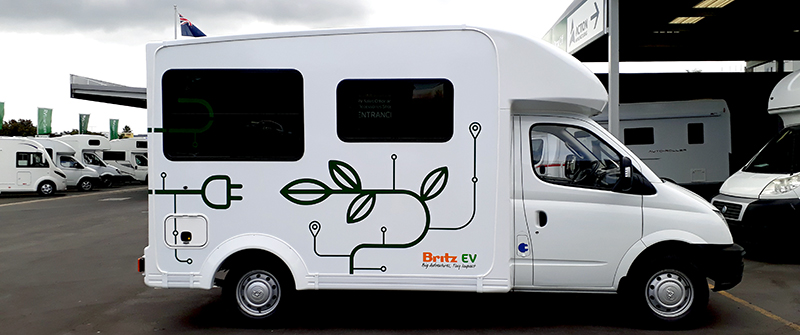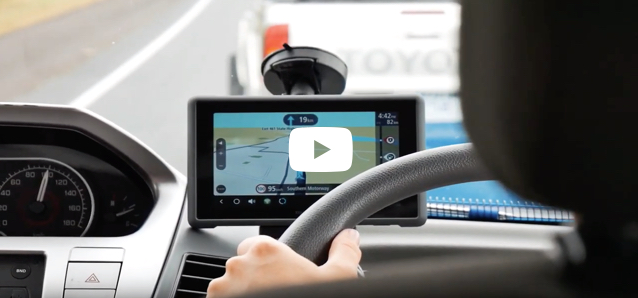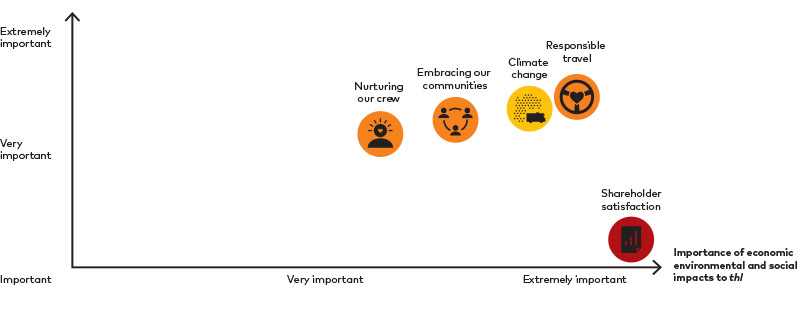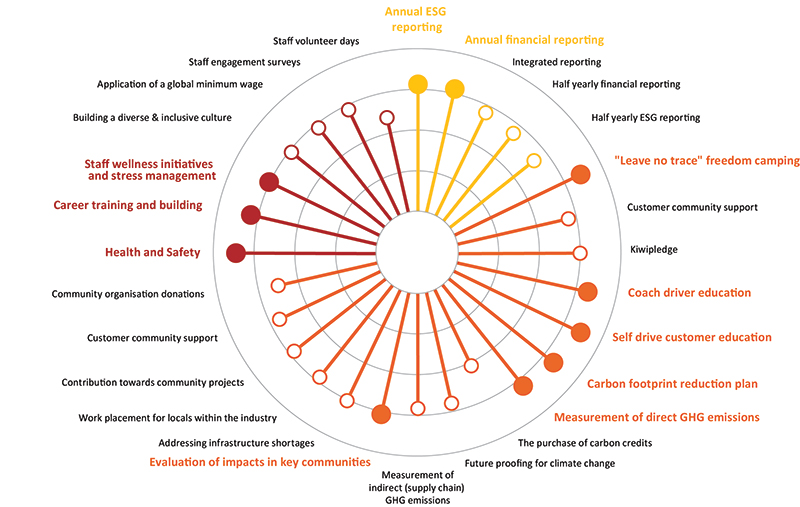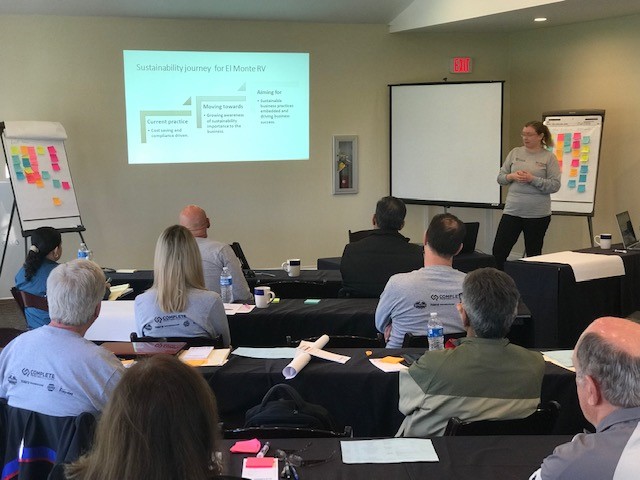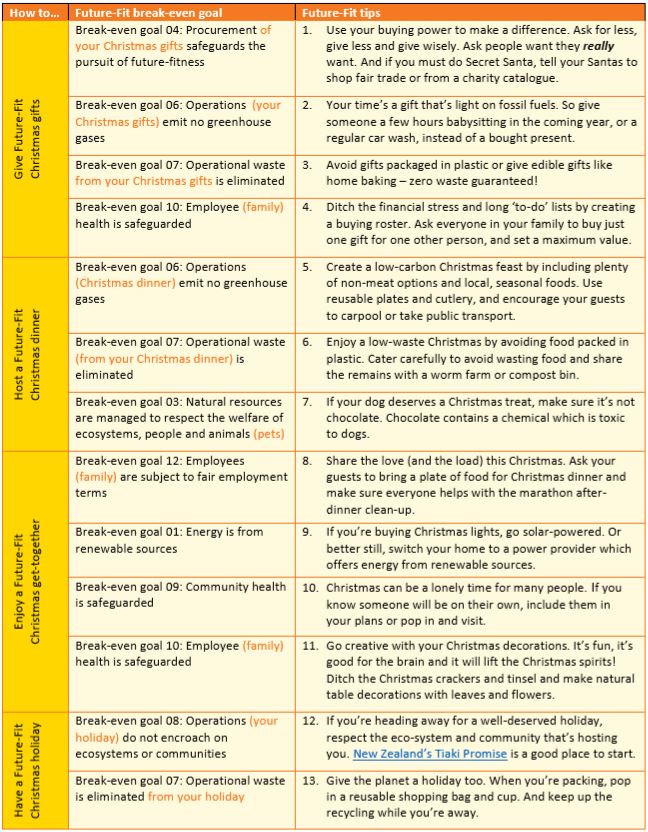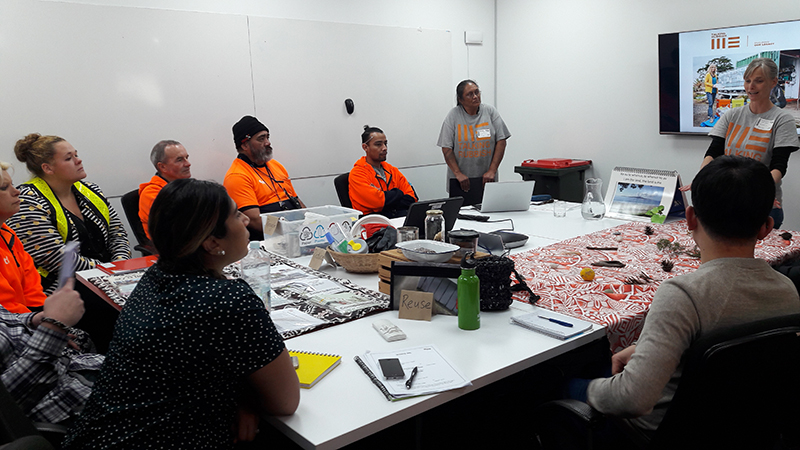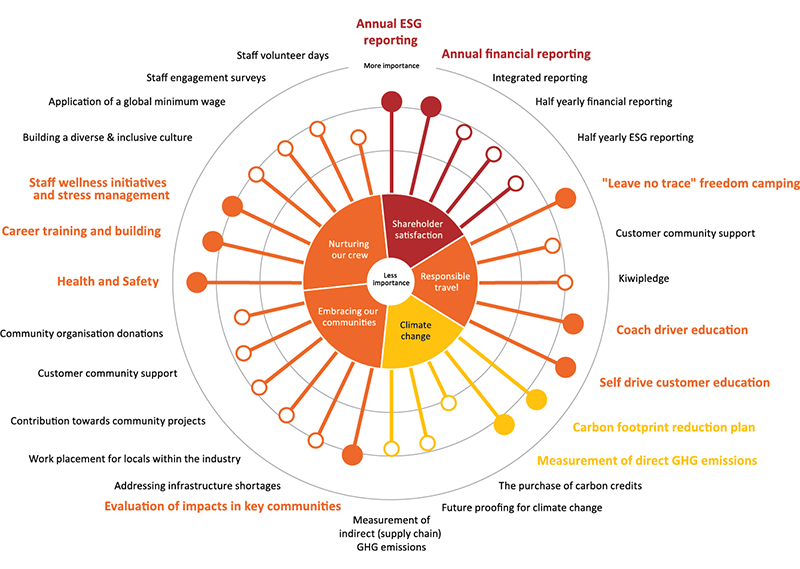
Climate Disclosures Read the latest Climate Statements
Background
In 2017, the Taskforce on Climate-related Financial Disclosures (TCFD) released climate-related financial reporting recommendations designed to help ensure that the effects of climate change are routinely considered in business, investment, lending and insurance underwriting decisions.
Because climate change has a significant impact on the long-term value of a company, investors need to understand a company’s potential climate-related risks to understand investment risks. In other words, climate change and a company’s financial health are inextricably connected.
thl's Climated-related Disclosures
FY25 marks thl’s fourth year of climate disclosures and our second year of mandatory disclosures as a climate reporting entity captured by the New Zealand Financial Markets Conduct Act 2013.
These disclosures are aligned with External Reporting Board (XRB) / Te Kāwai Ārahi Pūrongo Mōwaho standard NZ CS 1. NZ CS 1 was developed in response to the TCFD framework and adjusted to take account of the International Sustainability Standards Board (ISSB) development of sustainability reporting standards.
thl’s climate-related disclosures cover four thematic areas:

Please see below links to our disclosures.
Our Climate-related Risks and Opportunities (CR&O)
As the impacts of climate change become more tangible, so too do the risks and opportunities they present. Some are already influencing how we operate, while others are likely to emerge over time as the climate, policy landscape and market expectations continue to evolve. Each year, thl reviews our CR&O through our annual climate-related scenario review process, identifying changes or new risks and opportunities for consideration across different time horizons.
There are two categories of climate-related risks and oportunities: transition - risks or opportunities related to the transition to a lower-carbon economy; and physical - risks or opportunities related to the physical impacts of climate change.
We have:
- four transition risks
- one physical risk
- one opportunity – spanning both the transition to a low-emissions economy and physical impacts from climate change.
These are shown in below and detailed in our latest climate statements.

